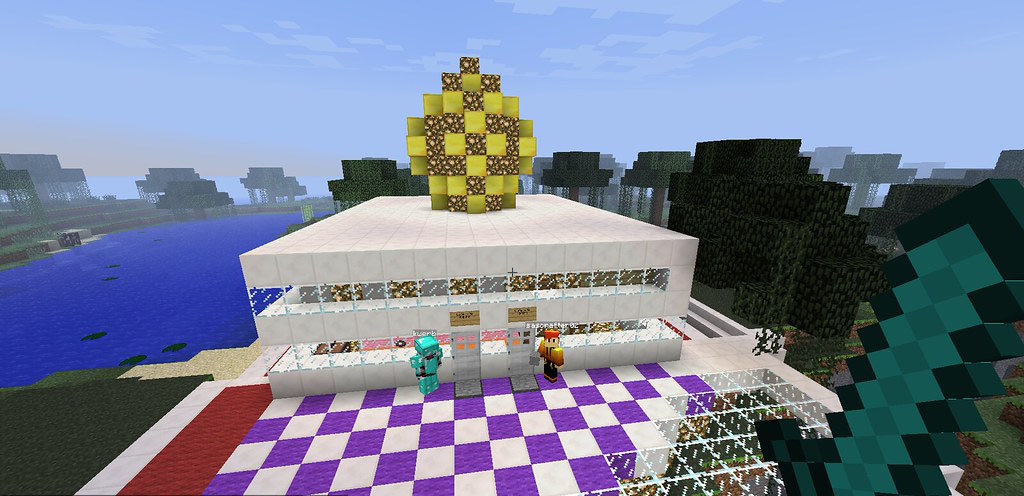The numbers speak for themselves. Each week, more than 500 million fans spend 3 billion hours on video games around the world. Every day, 26 million people harvest their crops in Farmville. It is estimated that one third of all high school students in developed countries play on average about 3 hours a day.
Beyond the reservations raised by experts about the excess of digital in our lives, many teachers want to take advantage of the opportunity offered by games as a tool to teach their students.
The use of video games in educational environments, or gamification, has been practiced for a long time but it has been in recent times when the phenomenon has acquired an unprecedented dimension and is one of the recurring bets of industry experts when analyzing the current trends and future of the EdTech sector.
Since the 1980s, international games such as the “Carmen Sandiego” series or “Reader Rabbit” (see below) gained worldwide popularity, the development of educational titles has multiplied, not only those aimed at the population in General but, more and more, those directed to students and specific courses.
This trend was consolidated with the increasing inclusion of gamification in school curricula and it is estimated that this inclusion will continue to gain momentum in the future.
Teenagers immersed in video game culture
A study conducted in the US reveals that 99% of boys and 94% of girls under 18 years of age recognize playing frequently. The intention of teachers who use gamification is to use the format to convey complex concepts of mathematics or reading comprehension while maintaining the interest of their students.
“(…) young people today can not learn like the youth of yesterday, because their brains and their culture are different. The traditional school must incorporate educational formats based on leisure and entertainment”
Marc Prensky, one of the great proponents of gamification
Marc Prensky, American writer and speaker who has invented digital expression and is the author of “The World Needs a New Curriculum” (Ediciones SM, 2015), states that “[this generation] has spent all their lives surrounded by computers and video game. It thrives with instant gratification and frequent reward.”
For Prensky, one of the great advocates of gamification, “(…) young people today can not learn like the youth of yesterday, because their brains and their culture are different. The traditional school must incorporate educational formats based on leisure and entertainment”.
But this model of teaching also has many detractors.
Kentaro Toyama, in the American The Chronicle of Higher Education, argues that great care must be taken in the way in which formats associated with leisure and pleasure are introduced in a context that “should leave no doubt about their condition of study, work and effort”.
“The problem lies in the premise of gamification, [because] it suggests that we should capitulate to a generation that is supposedly uninterested and lacking curiosity. A good teacher moves judiciously back and forth with tricks to generate the interest of their students leaving space for them to build their motivation for themselves”
Kentaro Toyama in The Chronicle of Higher Education
The failure of standardized tests
Although large-scale gamification is just taking its first steps, several industry experts believe the model will grow very fast in a short time. And the main responsibility is the meager results of the current.
“Digital skills and an understanding of the functioning of systems (computers and others) will be increasingly relevant in a world where many of the current students will seek jobs that do not yet exist”
Elena Malykhyna in Scientific American magazine
In the last 15 years, in both the European Union and the US, the concern was in the overall indicators of a core curriculum, ie the results of mathematics and reading comprehension with emphasis on standardized tests. Decade and a half later, as can be seen in several OECD reports, the scenario has not changed with relevance in almost any country (Finland is often referred to as the exception).
“The failure of standardized tests … will lead to gamification having an important role in the education of the future. (…) if the games are well executed, they can serve as a solid framework in the context of project-based learning”
Elena Malykhina at Scientific American
Programming is just another aspect in which gamification is highlighting. This is a competition that some schools in the US are adopting as mandatory and that is understood as fundamental to the success of academic and professional careers in the future.
The current Spanish situation
In Spain, gamification is not yet very well developed in schools although it is more in business environments where it is believed to be one of the best tools to stimulate creativity, and Barcelona is since 2011 the host city of the largest gamification event in the world.
Some Spanish colleges have begun to use computer games in their classrooms but in a limited way, and participation rates are still far from examples such as the USA or Australia, where it is estimated that in 2016 will be 15% of the total students that use This type of resources.
Similarly, the introduction of programming in the primary and ESO curriculum will not be imminent. But this subject, in a special way, will open the door to new methodologies and there is little doubt that gamification will play an important role in the future of education.
Photography: Mike Cooke (CC)


